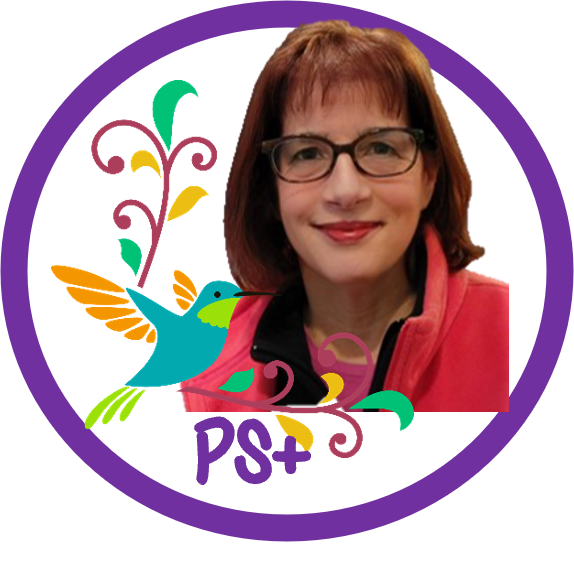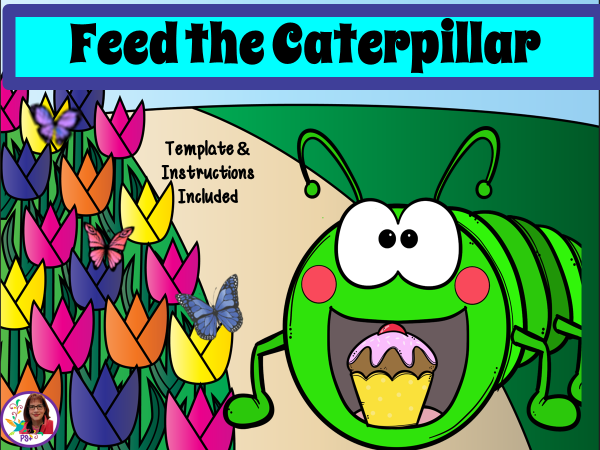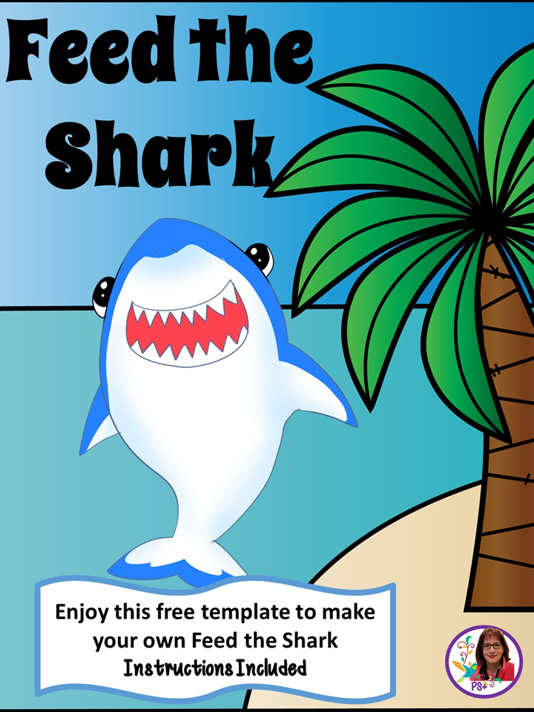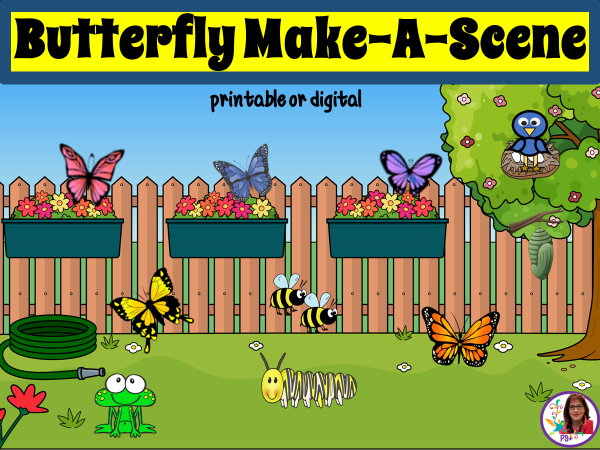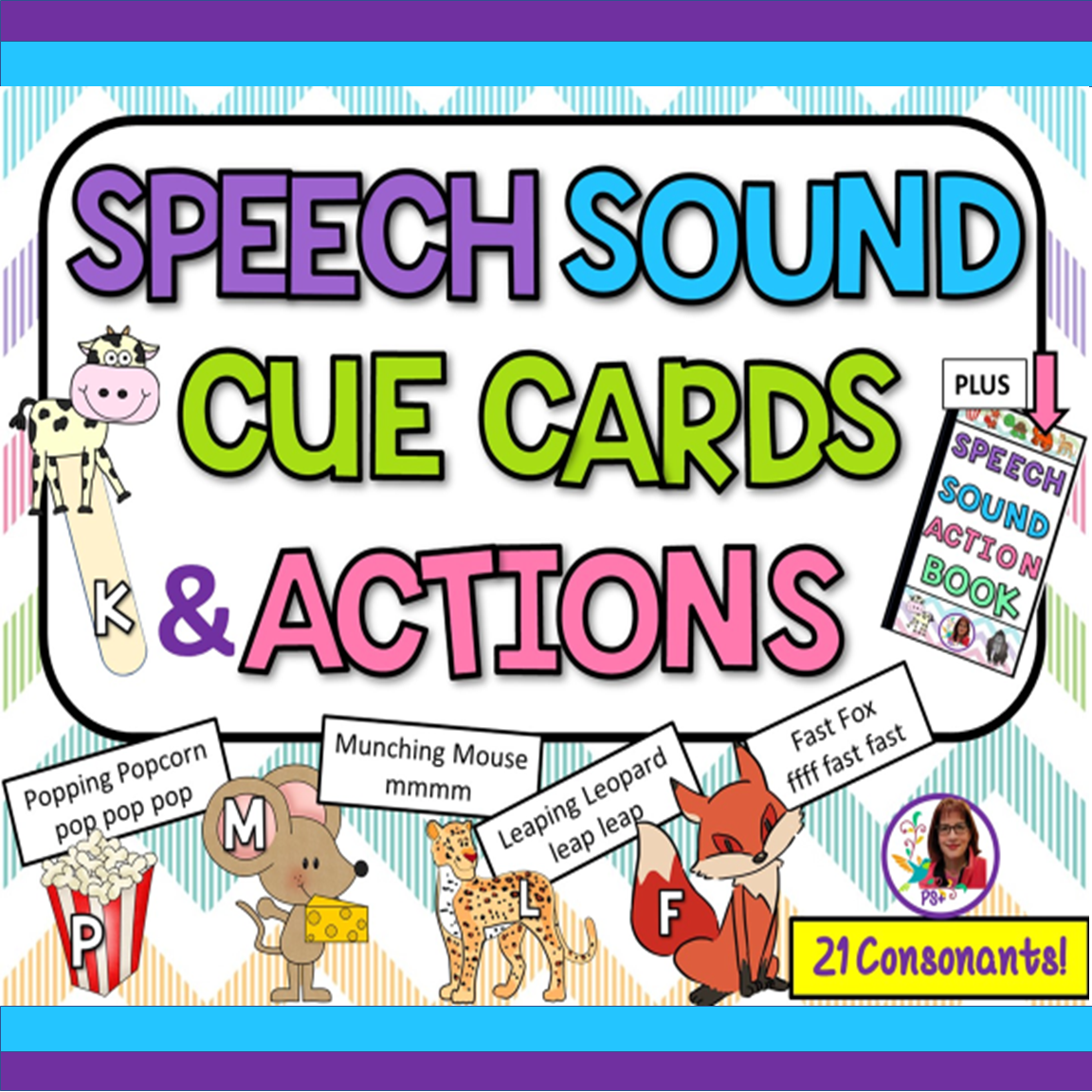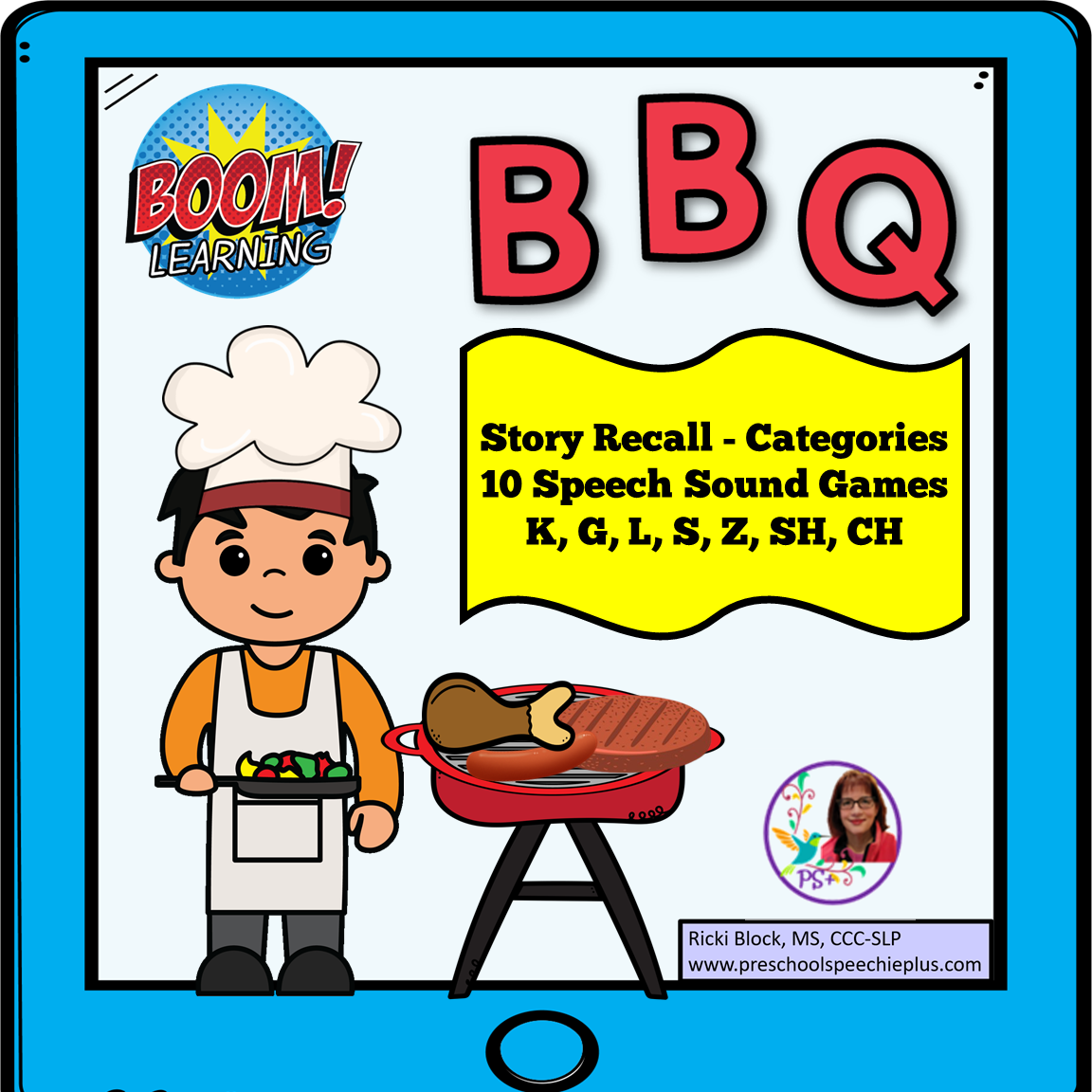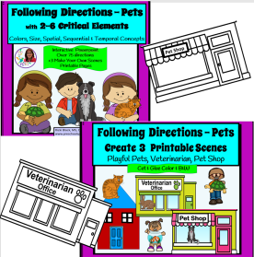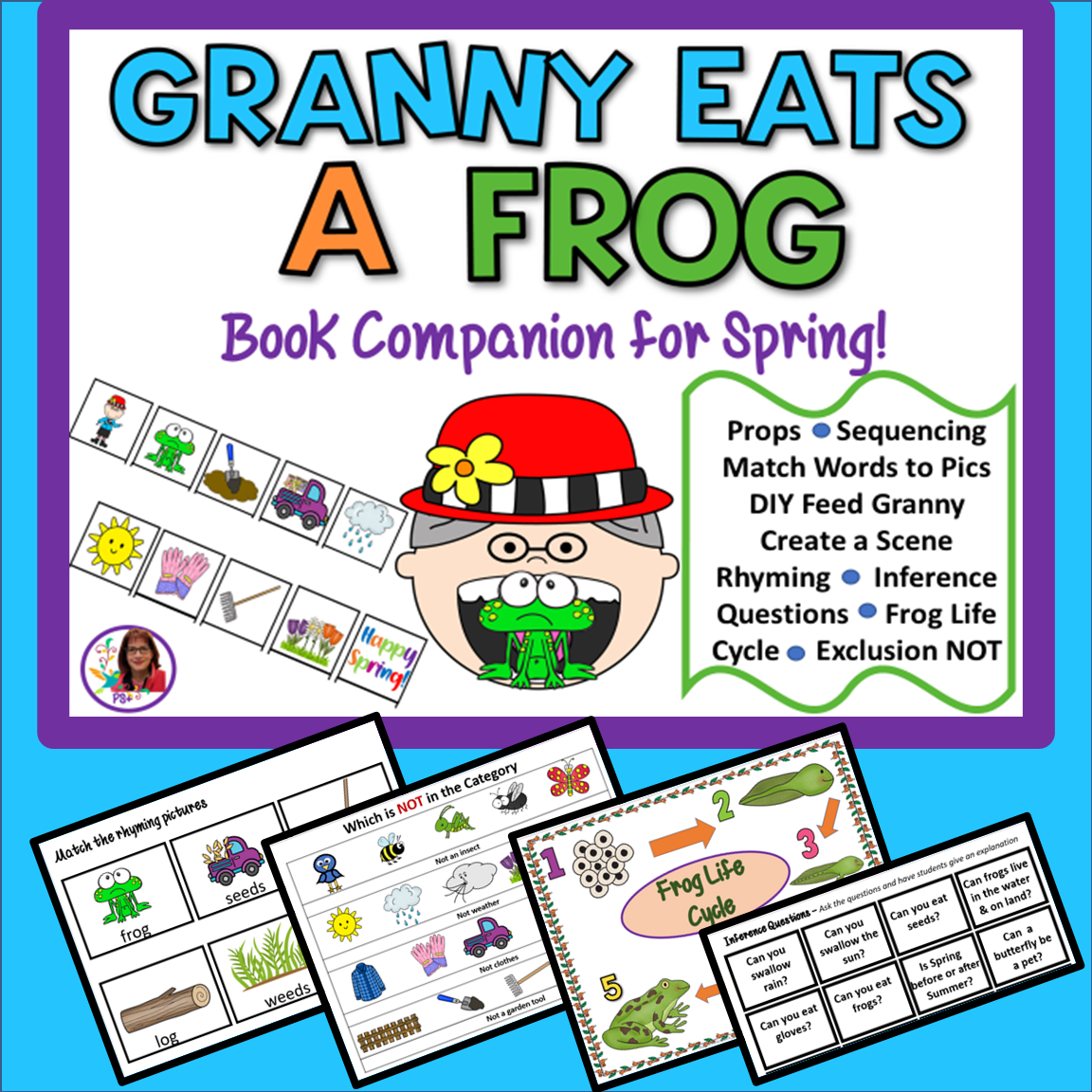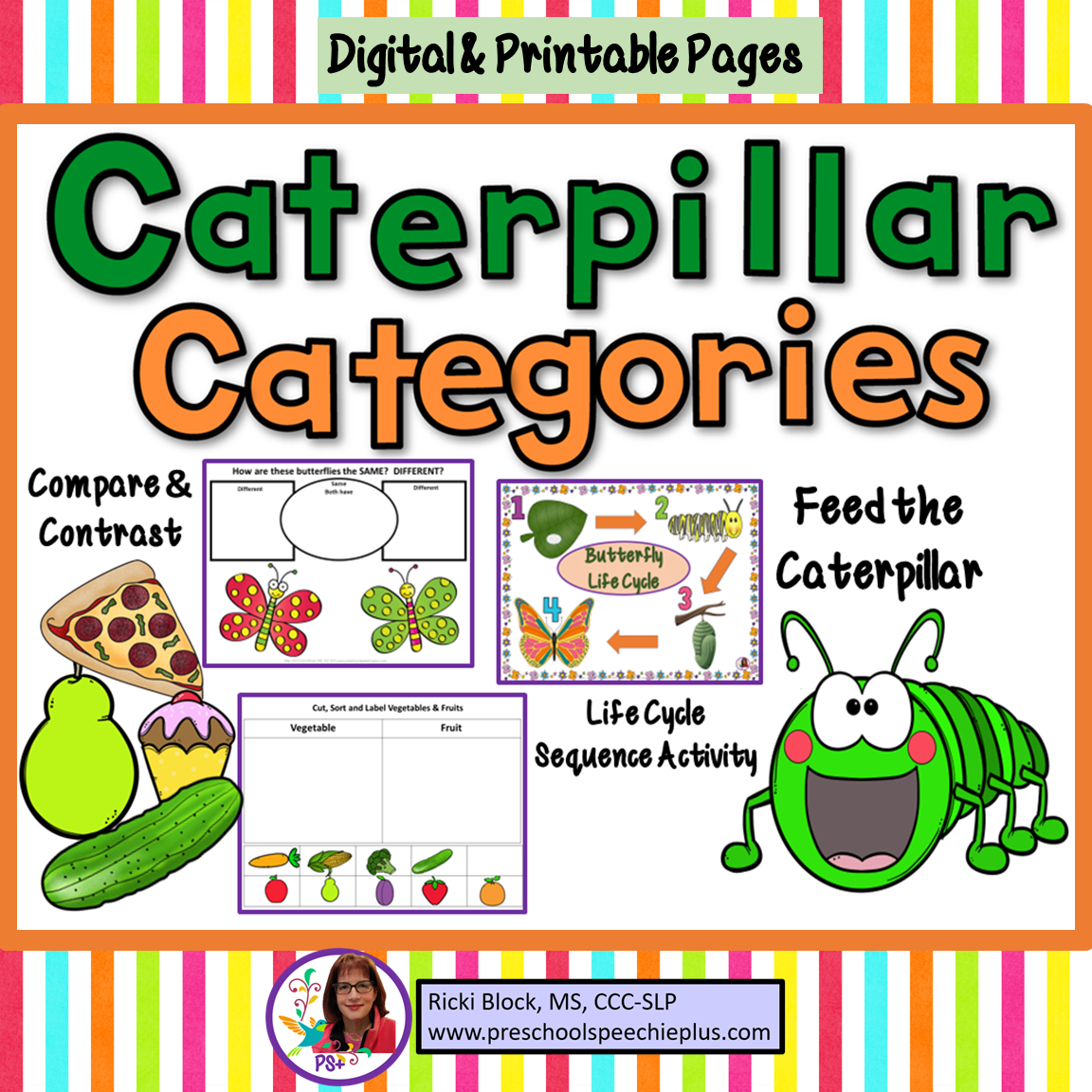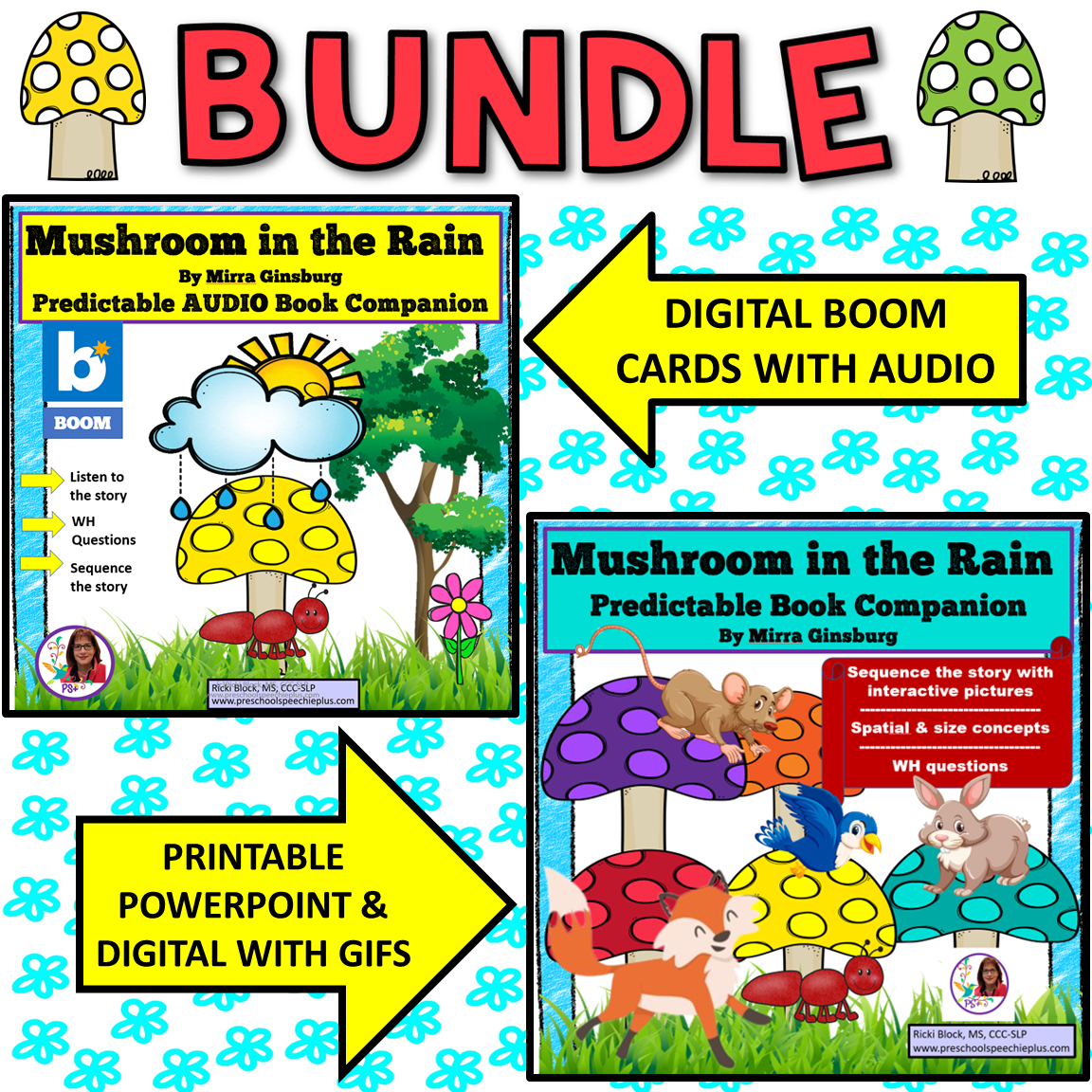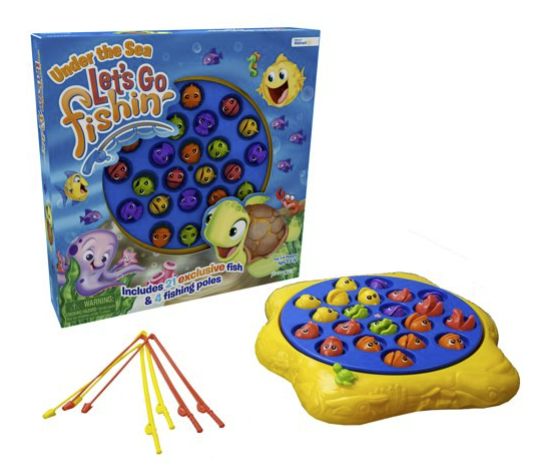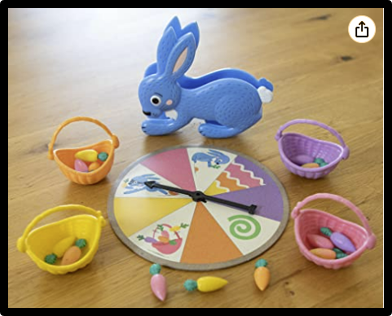MAY FREEBIES & TPT SALE 2023
PLUS - 6 MOS SPEECH SESSIONS WITH SSD PRESCHOOLER
SCROLL DOWN TO GET THE SECRET WORD FOR ALL THESE FREEBIES! (IN THE SUBSCRIBE TODAY SECTION!) Please note that all underlined titles are linked.
Hi All! MAY is Better Speech & Hearing Month! GET YOUR FREE BOOKMARKS HERE! A TPT Sale is coming up too May 9 & 10! Everything in my TPT store is up to 25% off!
6 mos SPEECH SESSIONS WITH PRESCHOOLER:
Hi All! I wanted to share 6 months of speech sessions with you because this little guy was quite a challenge! it’s important to acknowledge that even seasoned therapists such as myself (47 years) did not know the outcome of results. I basically went with my gut and experience to determine sequence of progress. Knowledge of Performance and Knowledge of Results was my first go-to.
FIRST - TIPS FOR CHOOSING SEMANTICALLY APPROPRIATE WORDS I find words which I can use in a fun & interactive repetitive activity. My favorites are toys (eg. Goliath Games are the best), a game (Cariboo & Tic Tac Tony are my favorites) , mini objects, or cards.
Some of my students LOVE matching cards and others love toys & games. Give students a choice. I don’t get obsessive about obtaining 100 trials - it takes the fun out of the session. I follow the “rule of 5 fingers” if I want to emphasize the word - child says word 5 times while I put up my fingers. Trials can range from 25 to over 100 words.
Give activities for parents to carry over at home. This makes such a difference! I make them a list of words or pictures to practice that are practical, e.g. when setting the table have your child put out the spoons and tell family member, “Here’s your spoon.”
Model model model! I will say , “____ has your sound!” I teach my families to do the same. Never say “SAY __” I go with the flow in a session and if child starts imitating the sound, my goal is to help them “tune in” and self correct. I initially focus on blocked practice of at least 10 words in a row. Then I observe how child utilizes their muscle memory. I may remind them how the sound is made and find just the right semantic symbol to attach to the sound, e.g. S is the smile sound - when you smile and keep teeth closed you can’t produce a TH.
I take data in each session. I have a small caseload so I have set up Google Keep for each of my students. I mark a y for yes and x for no. For a percentage I use my calculator on my phone to divide the correct number by the total number, e.g. 8 \10=.8 (80%) When I had a full caseload in the schools I created a sheet for each student and kept it in a notebook.
Here is an example of how I am treating a little guy in my office with SSD who is zooming through correction of speech sounds. At first I was so worried about him! Progress was very slow for the first 3 months! He produced D for almost every consonant and consonant cluster except labials! He wasn’t rounding his lips for ooh and oh and produced ou for aw & ar. I used an informal Articulation Screener FREEBIE He was only stimulable for an approximation of S blends. I always check stimulability first. I am an eclectic SLP and can’t just use 1 approach. I mainly use PROMPT, DTTC, Minimal Pairs (for semantic purposes during a sessions - “white is a color - we turn a light on - then I explain difference between production), along with suggested techniques from Cycles. He was doing well with the
1. S blends - I started with S Blending pics (back chaining and minimal pairs) Then he put an S at the beginning of EVERY SOUND! I have seen generalization of sounds before but this was to the max. So I created SPEECH SOUND ACTION CARDS for him and it made all the difference! Favorite words were SPIN, I SPY, STOP, STICKS IN PLAYDOUGH, STOMP, I printed out S Blend Carrier Phrases for home practice. He also had a
2. jaw slide so I worked on that at the same time, e.g.star was stou, dog was dowd. We are still working on this but it is so much improved! In each session I PROMPT a vertical vowel warmup with /a/, e.g. pop, dog, mom. Next was working on
3. Devoicing - he substituted B/P, D/T, D/K. He was not yet stimulable for K. He could only whisper the words for P & T. We worked on deep breathing and puff of air on hand and tissue and progress was slow. I dropped it for a while and moved on to
4. the F sound - he requested the motorized fishing game by Pressman - that prompted me to work on F. (substituted D for F.) He imitated off & fish (fith- used to be fid) 90% and F in all positions was corrected within a week!! I gave family F Carrier Phrases for home practice. He wasn’t stimulable for palatal sounds.
5. The initial L sound (W for L) was modeled throughout different sessions, e.g. I like, look, glue, blue and it was emerging when I was working on SL blends. L basically came in on its own. Now for the hard part - how do I help him with sounds that are not stimulable? I initially utilize a physical PROMPT throughout the sessions in a big way and then reduce it to a visual prompt and then just a cue, e.g. new way, or show a visual prop
6. With K & G I wasn’t sure what to expect. (D for K & G) He first learned his name which had an initial K sound and it was just enough to trigger correct production of K & G. We played CATCH, KICK, COOKIE DOODLE, CAKE GAME, CUPCAKE GAME, JUMPING JACK CARROT GAME, GET, GIVE, GOT, GO. We are still working on medial and final K, G which he imitates 80%. I want to see if he generalizes to medial and final K on his own. After working on K, unvoiced T & P magically were corrected! I gave family K & G Carrier Phrases for home practice. All this time I have been assessing stimulability of
7. Palatal sounds SH & CH . (Will slowly introduce J) Since he corrected initial K & G so quickly, I put together a list of words and had him imitate each one. With palatal sounds, I was looking for lip rounding sounds to get his mouth in position, e.g. W, ooh, oh. The challenge was to lift middle of his tongue up vs forward. So he was no longer producing D for SH & CH - it was now TH. I started with whoosh using PROMPT support and he finally was able to position his tongue correctly with final SH. I told him to round his lips , push the tip of his tongue up behind his teeth and put the sides of his tongue up against his side teeth. I showed him my tongue. He was only able to imitate 3 final sounds - WHOOSH (I have a magic light wand he got to use when he said whoosh) CATCH and FISH. I will continue to assess stimulability. So he gets to play the fish game again and now we will be working on final SH and CH! I’m thinking of introducing TR as well, e.g. when you blend a word e.g. TREE it sounds like a CH sound.
I am so proud of this little guy who just turned 4 in April. He is a motivated participant who loves to share new words he can say! We still have so much more to correct ! He was approved for summer!
I am happy to answer any additional questions you may have!
Click on images below for more FREEBIES!!
Subscribe Today
〰️
Subscribe Today 〰️
Enjoy putting together this 9 piece Mother's Day puzzle, one piece at a time. Students answer a question about the highlighted puzzle piece There is a WH question for each puzzle piece which can be a verbal turn-taking conversation starter. https://www.teacherspayteachers.com/Product/Mothers-Day-Puzzle-BOOM-Cards-6834254
This set is also available as a PowerPoint which is digital and printable.
https://www.teacherspayteachers.com/Product/Mothers-Day-Puzzle-6832978
Seasonal Game Ideas
